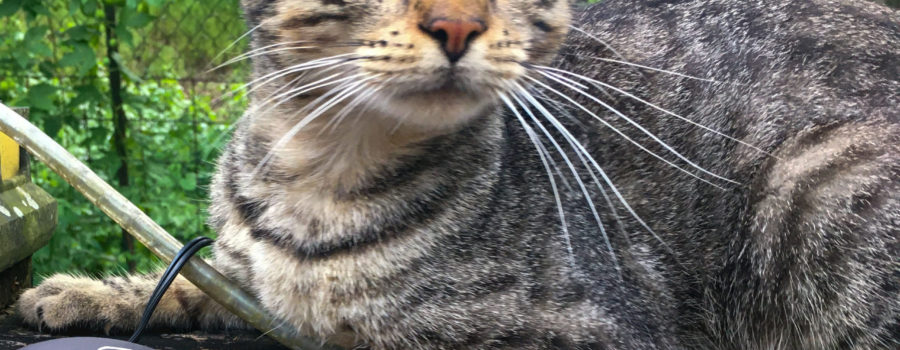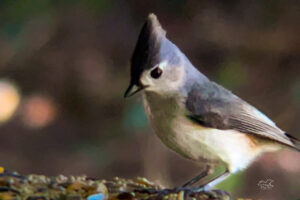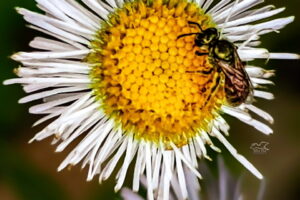How to Take Great Nature Photographs: Know Light Direction

So far, we have discussed quality of light and color of light as they are used in photography. Today we are going to touch on direction of light. Like quality and color, direction is a continuum. We can start with frontal light, or light that is coming from behind the photographer directly onto the face or front of the subject. This kind of light tends to give great detail to the subject, but it reduces the depth of the subject. That is because direct frontal light causes no shadows, and highlights and shadows are what gives dimensionality to a subject.

As we move through the continuum to 90 degrees, we get more and more shadows and highlights, and therefore more three dimensionality to the subject. The thing that we have to keep in mind is that we are loosing some of the detail in the shadowy areas. For some styles of photos this loss of detail is acceptable or even desirable, while for other styles it is not. Next, let’s continue around the subject until we get to 180 degrees. At this angle, the light is directly behind the subject and directly towards the photographer. This puts the subject fully in shadow, and depending on the light intensity, may result in a silhouette. Again depending on what you are going for, this can give you a very powerful photo or something just kind of dull with little or no detail. Then finally, we can move further around the subject to 270 degrees and highlight the opposite side of the subject from 90 degrees.

Now, to once again complicate the situation, light can also come from directly above the subject, directly below the subject, or anywhere along that continuum. In fact, you can think of light direction as a sphere surrounding the subject, and the light can come from any point on that sphere. If you can think about it that way, and have a basic understanding of physics, you should be able to predict where your light source will produce highlights and where things will be shadowed. That will allow you, the photographer, to control your photos, and create your own style.

Seems simple enough, right? The part that gets difficult, as a nature photographer, is that we can’t always control our light source. As I have stated before, we kind of have to take what Mother Nature provides. But we can exert some control over our light source by choosing when we shoot. We know that in the morning the light will be coming from the east and will progress from the eastern horizon to straight above at midday. Then, in the afternoon, the light will move from directly overhead to the western horizon. If we know where we intend to shoot from, using our understanding of light direction, we can determine when will be the best time to shoot in that location to get the effect we want. We can also control light direction by choosing what type of days we shoot on. On a clear, sunny day, for example, the light is bright and will be coming from only one direction. On a cloudy day, though, the light is more diffused so it is actually coming from multiple directions.

So how do we get good at using light direction to our advantage? Of course the answer is the same as before, practice. If you have a favorite spot where you like to shoot photos, go there at different times of day, and in various weather conditions. Take plenty of shots, and compare the results. Find what you like, and what you don’t. Nowadays, with digital photography you can also practice at home with a still life, pets, or cooperative family members. Move your subject, and your light source and shoot, shoot, shoot. See what you get. Even if these types of photos aren’t your style or anything you would want to publish, these types of exercises are a great way to learn. And it costs nothing to shoot it and later delete it. What kind of e exercises have you done to improve your understanding of light direction? All ideas are welcome!





Recent Comments